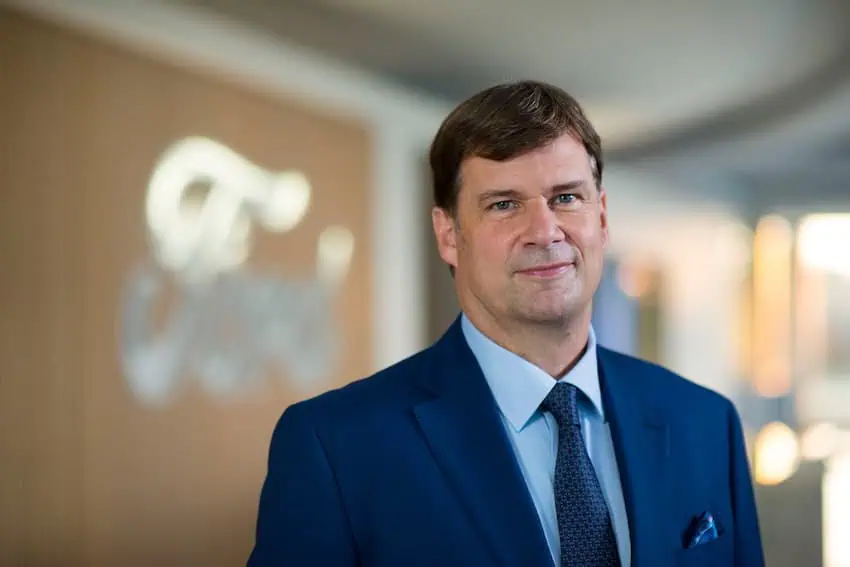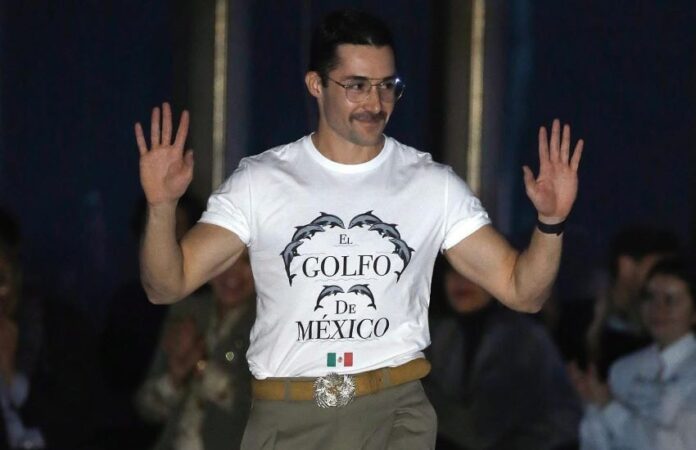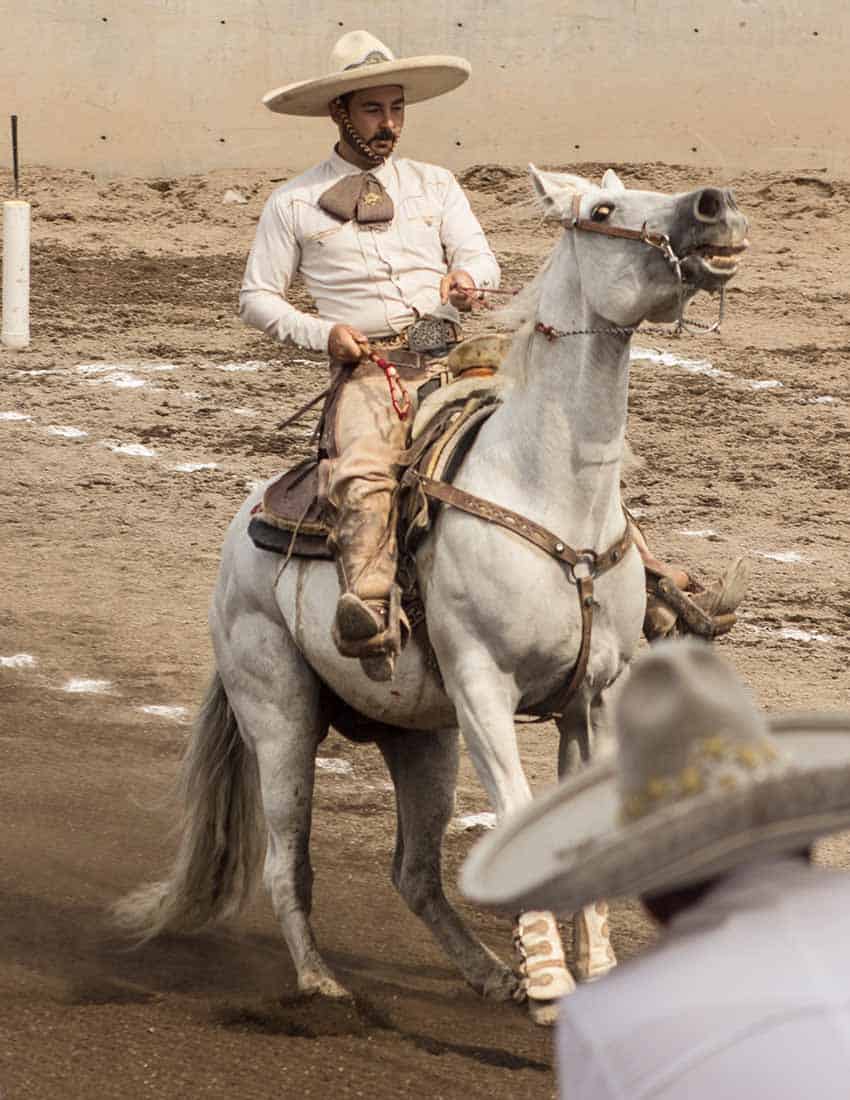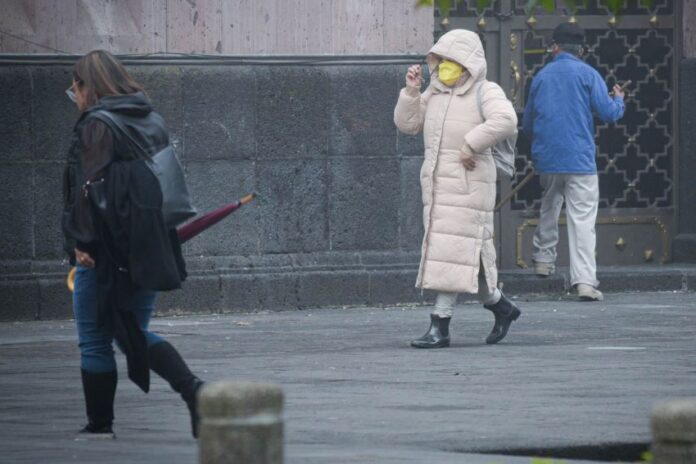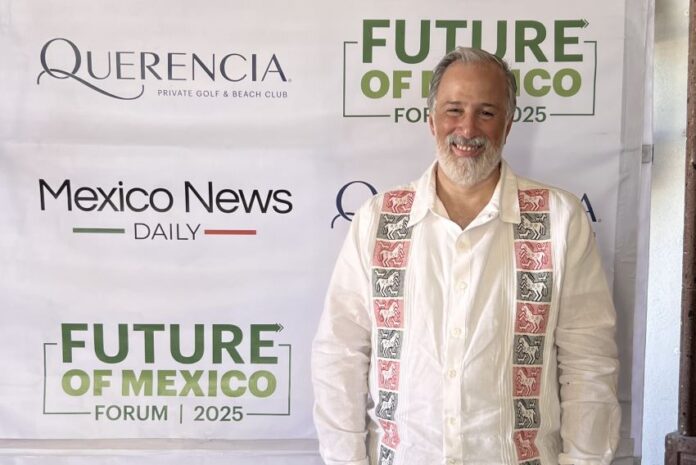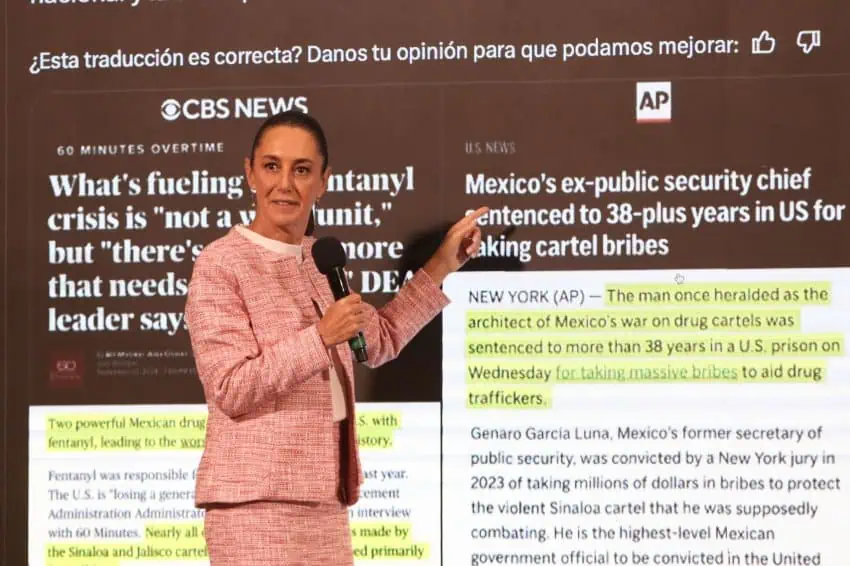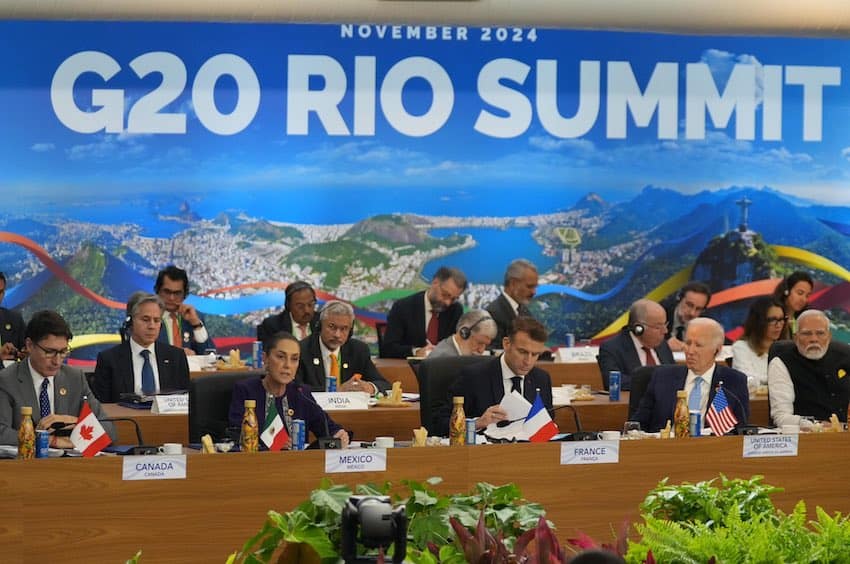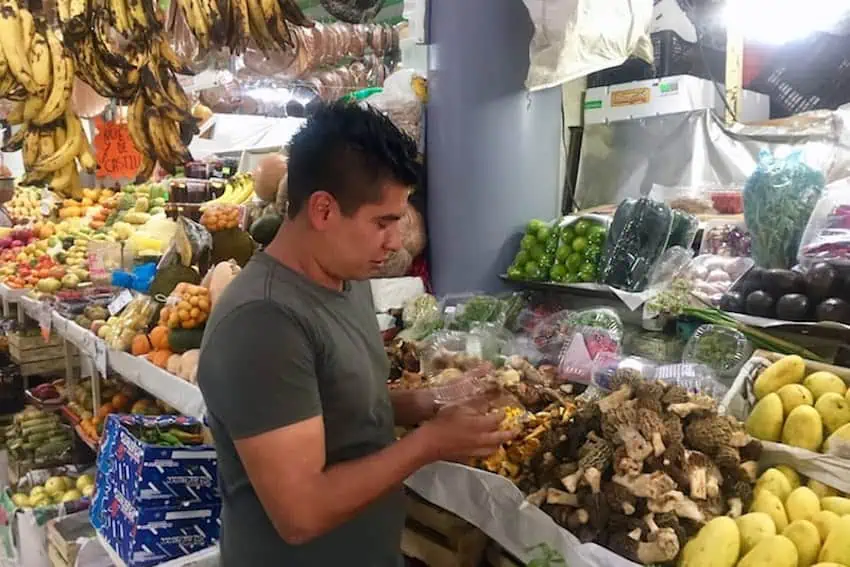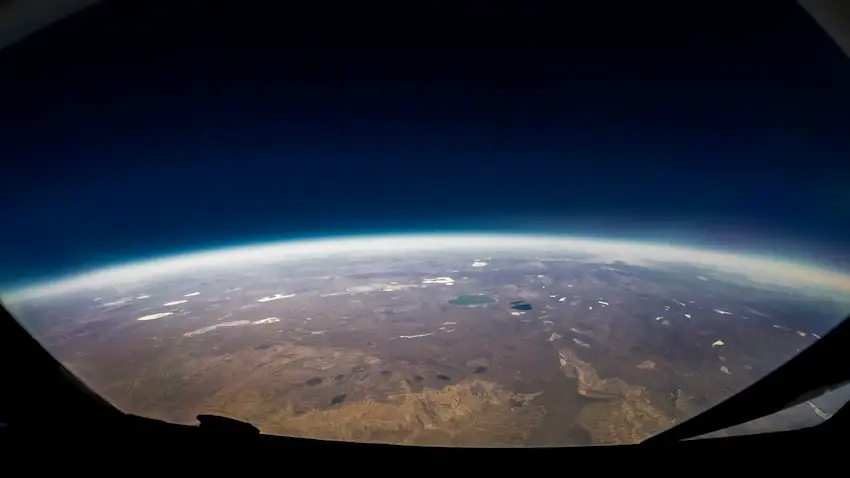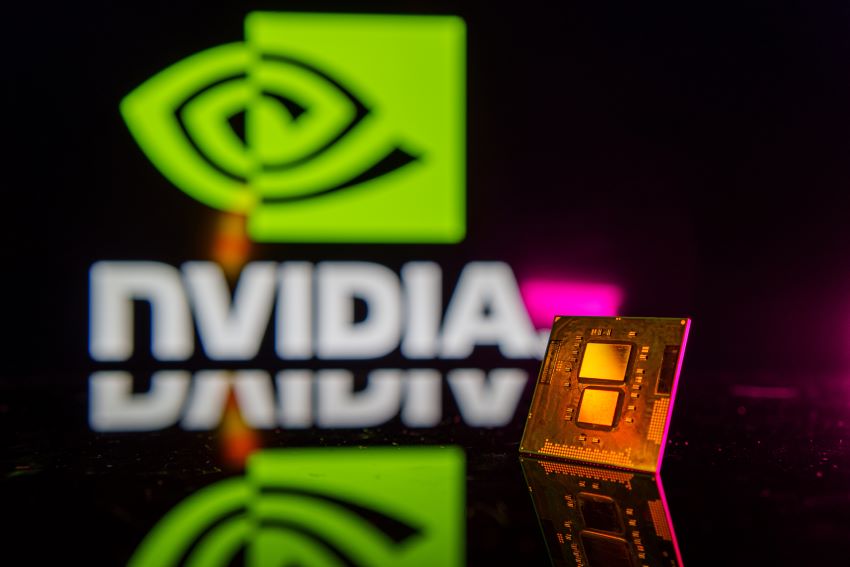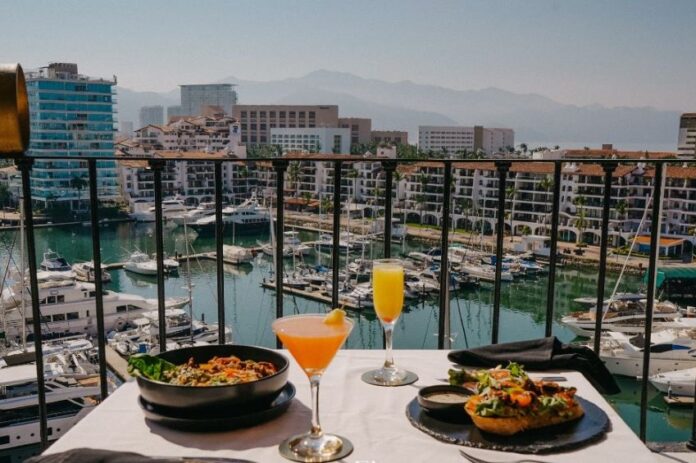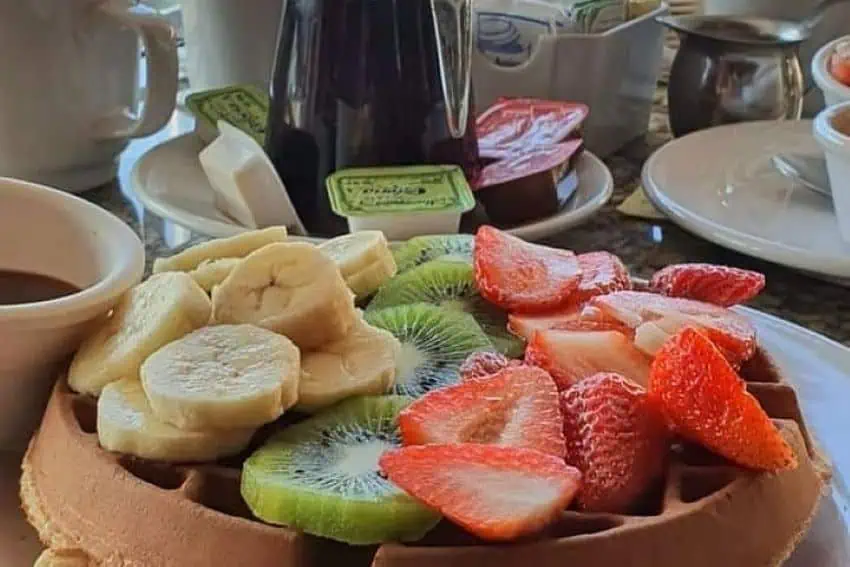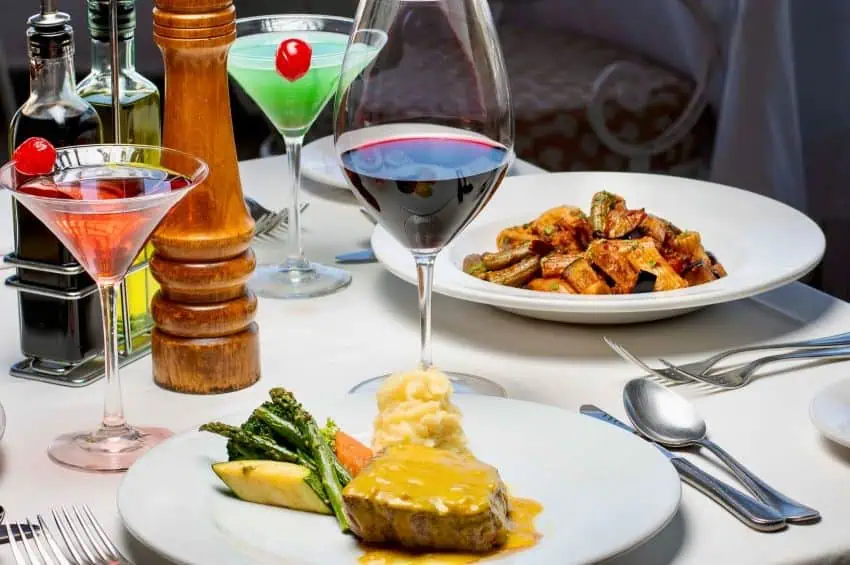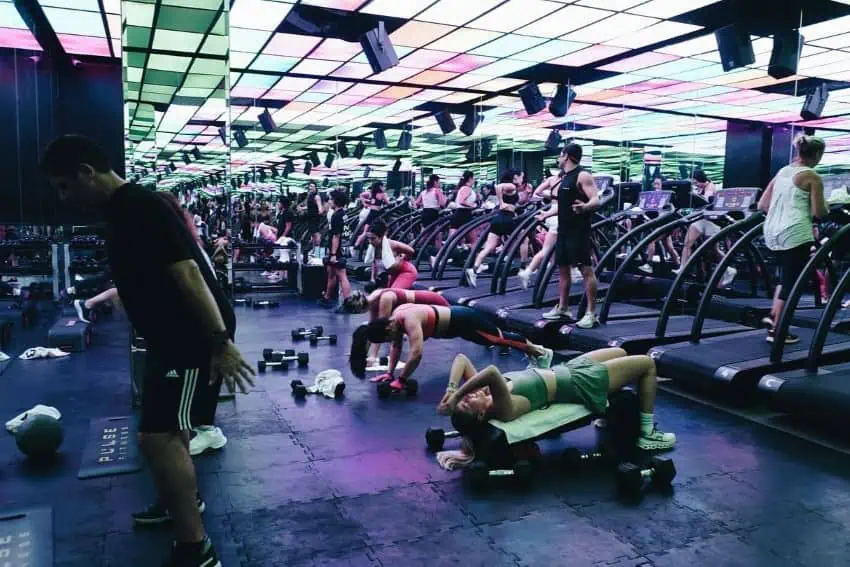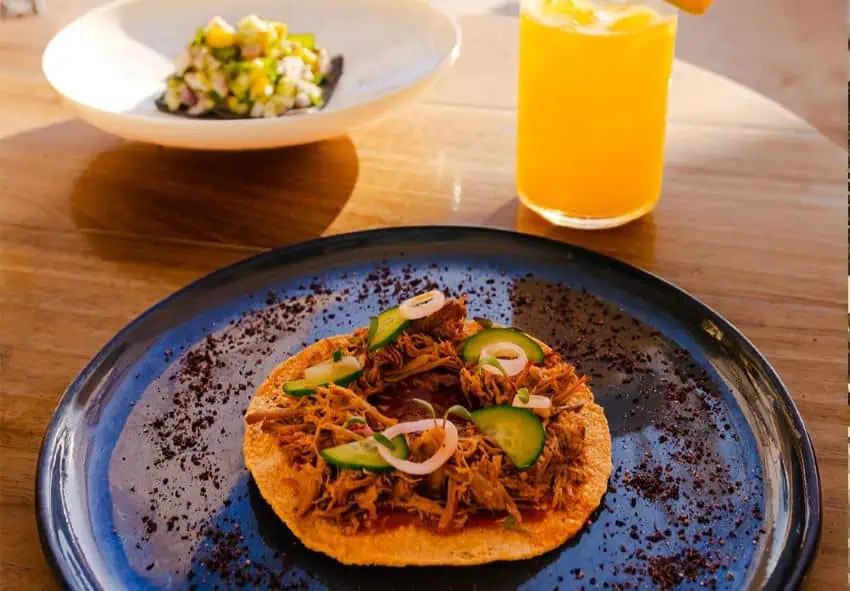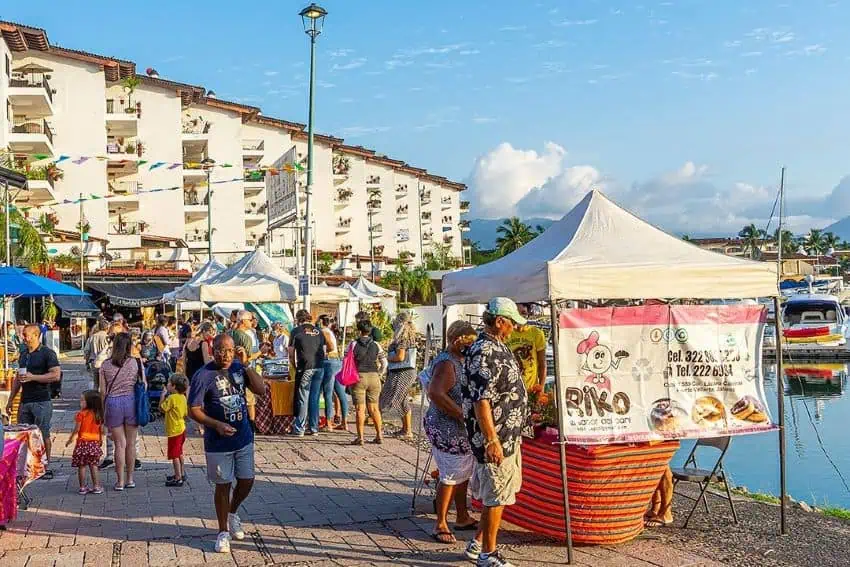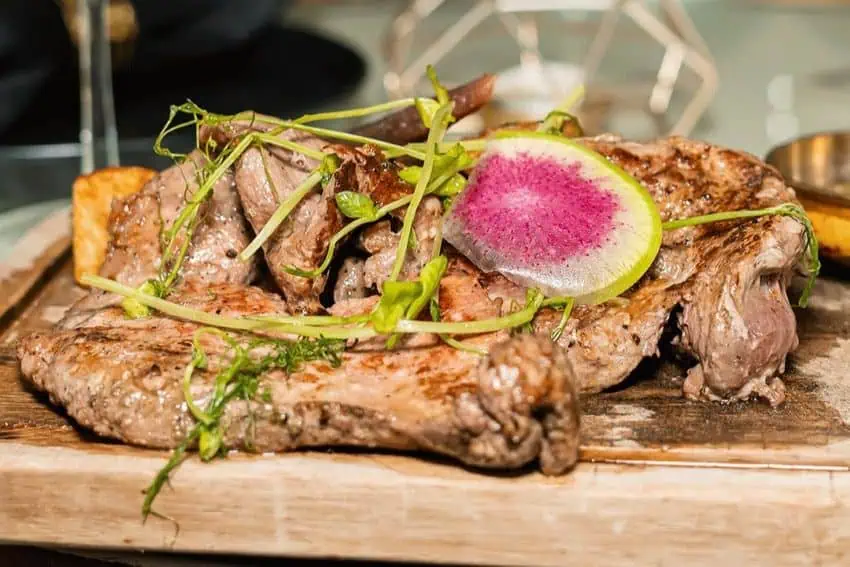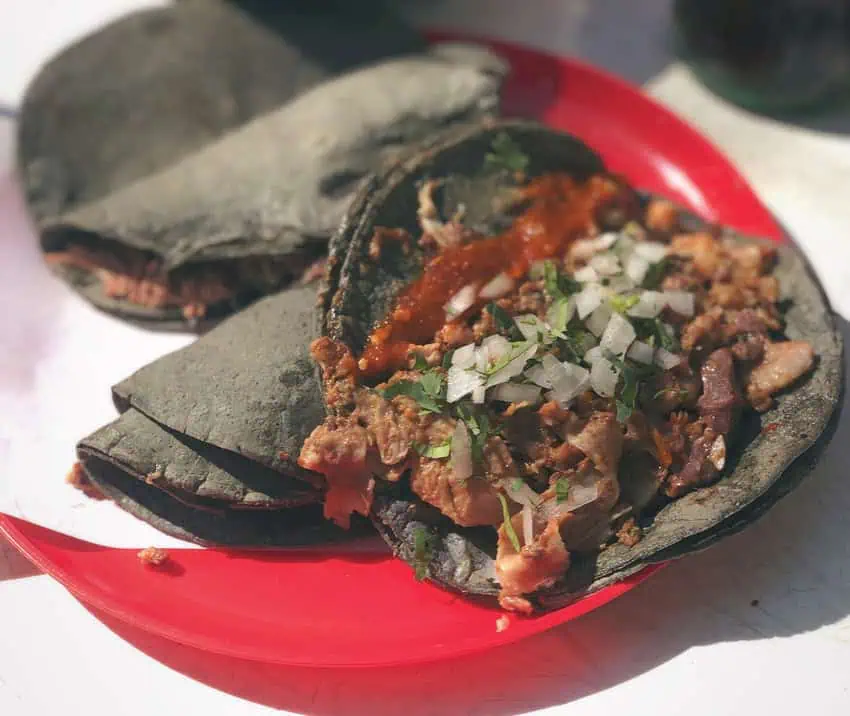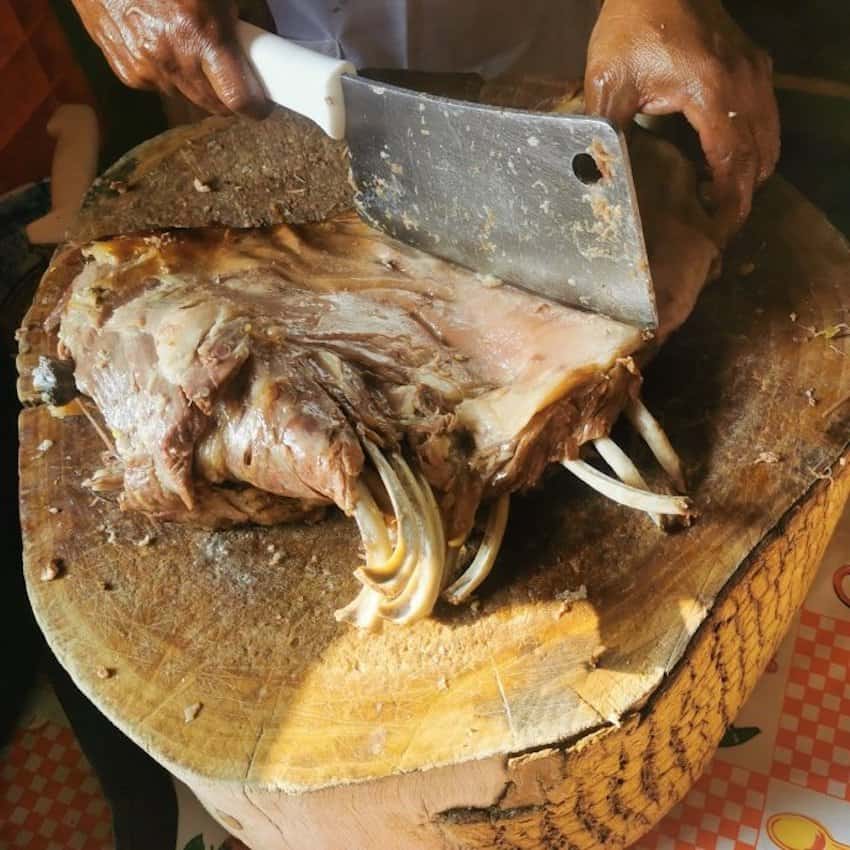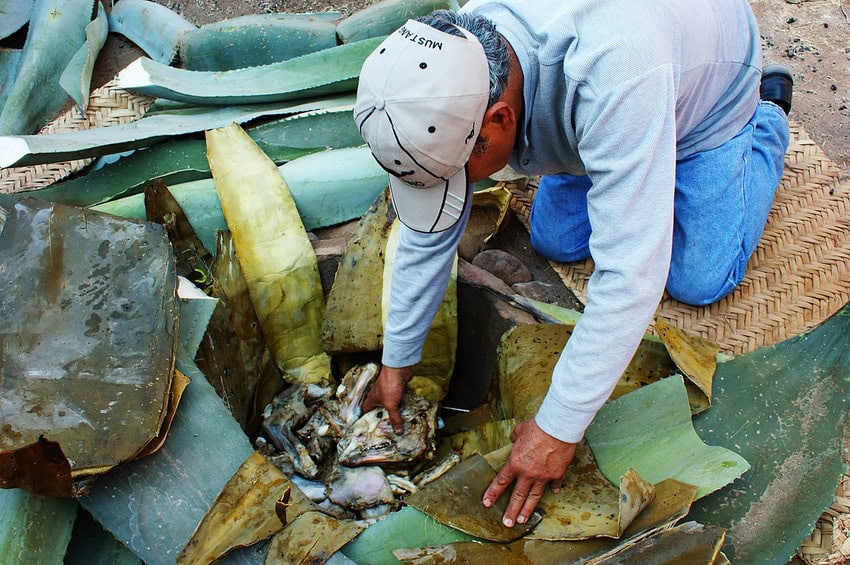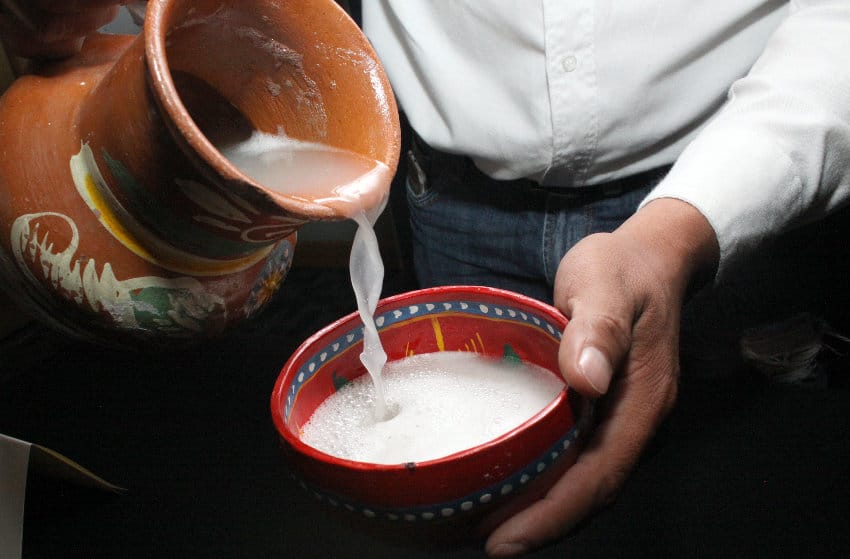At her Monday morning press conference, President Claudia Sheinbaum said that tariff talks with the United States government are imminent and declared that it was “natural” for companies to put their investment plans on hold while the imposition of U.S. tariffs on Mexican exports remained a possibility.
She also disclosed a letter her government received from Google about its decision to change the name of the Gulf of Mexico to “Gulf of America” for people using Google Maps in the United States.
Ebrard to go to Washington for tariff talks
Sheinbaum told reporters that Economy Minister Marcelo Ebrard will soon meet with prospective United States Commerce Secretary Howard Lutnick as her government seeks to stop the imposition of 25% tariffs on Mexican steel and aluminum.
At the president’s press conference last Tuesday, Ebrard outlined Mexico’s argument against the 25% tariffs the Trump administration intends to impose on all steel and aluminum imports to the United States starting March 12.
He declared that the tariffs are “not justified” given that the United States has a trade surplus with Mexico on the trade of those metals, and said he would discuss the matter this week with Lutnick and Jamieson Greer, President Donald Trump’s nominee for United States trade representative.
Sheinbaum said Monday that “this week, we’re waiting for the economy minister to meet with the United States commerce secretary,” who cleared an important procedural hurdle toward his confirmation last Thursday.
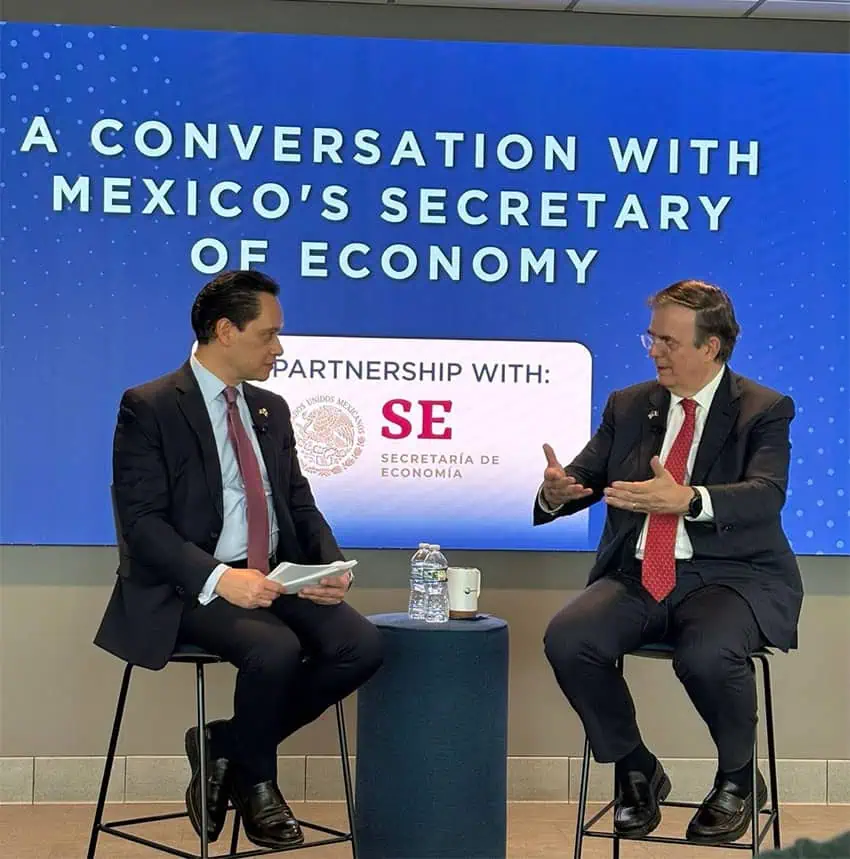
“Marcelo would go to Washington,” she added.
Sheinbaum said that a bilateral security meeting will also be confirmed shortly, although she noted that her government has not yet been informed who the U.S. participants of said meeting will be. Security Minister Omar García Harfuch will lead the Mexican delegation, she said.
The president said that both the tariff talks and the security meeting are expected to take place this week.
Sheinbaum subsequently highlighted that U.S. Secretary of State Marco Rubio acknowledged in an interview that her government asked its United States counterpart to do its part to ensure that firearms aren’t smuggled from the U.S. into Mexico, where U.S.-sourced guns are used in the majority of homicides.
“This was acknowledged and it was also acknowledged that the two meetings are happening soon,” she said.
“We hope that this week we reach an agreement,” Sheinbaum said, referring to Mexico’s desire to strike a deal that wards off the proposed steel and aluminum tariffs.
For his part, Rubio told the Clay Travis & Buck Sexton show last week that Mexico “is asking us to help them keep guns out of the hands of … [Mexican] cartels.”
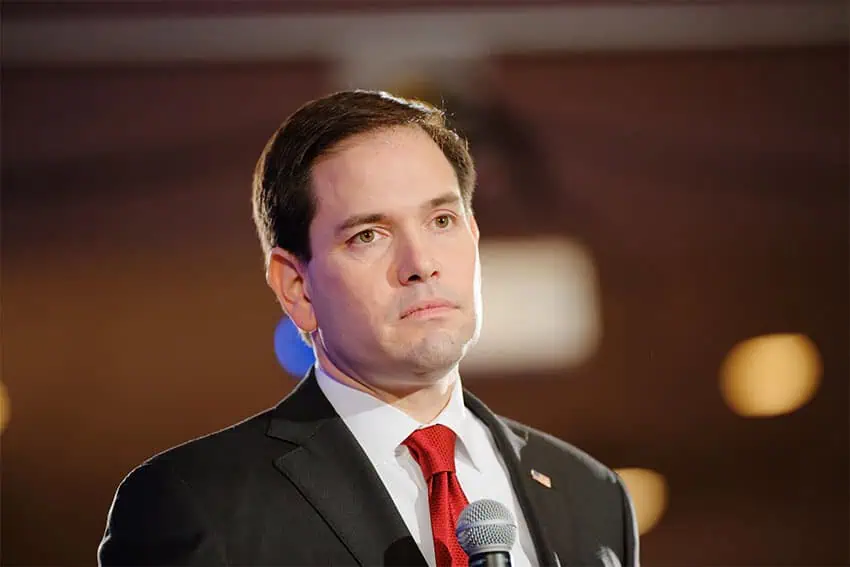
“A lot of these cartels, they’re finding ways to buy guns or whatever in the United States and they come back the other way so we’re working on a plan with them, collectively right. We’re going to work together with them on their side of the border, us on our side of the border, so we can take care of their gun-running problem and they can help take care of the fentanyl problem and the mass migration problem and the cartel problem,” he said.
Pausing investment plans in Mexico due to tariff uncertainty is ‘natural,’ Sheinbaum says
A reporter asked the president whether the government has received any indication from investors that they are planning to pause proposed investments in Mexico due to Donald Trump’s tariff threats, among which is a currently postponed plan to impose 25% duties on all Mexican exports to the United States.
“That is obvious, no?” Sheinbaum responded.
Companies planning new investment projects always wait for additional information when tariffs are a possibility, she said.
“That is natural, it’s not a great discovery of these investigations, it’s common sense,” Sheinbaum said, referring to the views of analysts and others that were cited by the reporter.
“… We’re going to wait this week and next. I hope, as always, that we’ll reach a good agreement between the government of the United States and us,” she said, expressing a certain degree of optimism that a deal to keep Mexican exports tariff-free will be made.
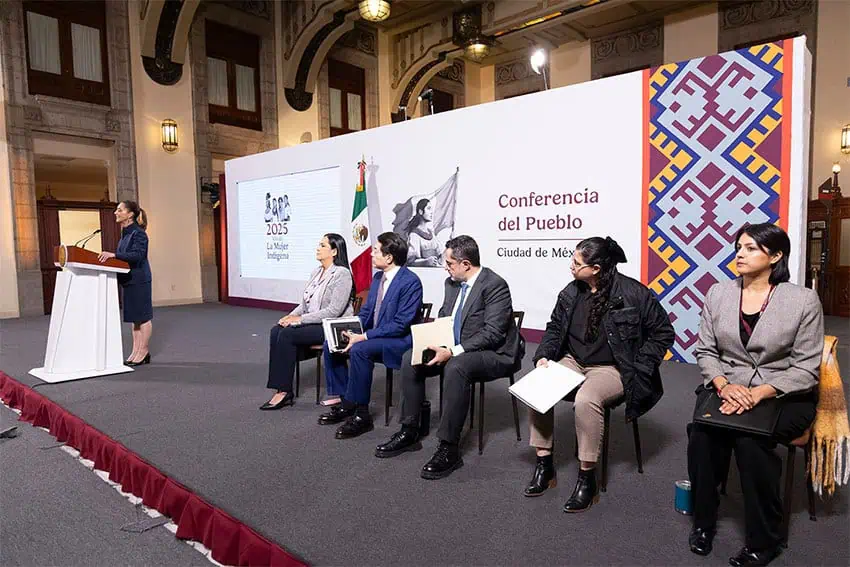
“And, in any case, investment in Mexico will continue, that is something,” Sheinbaum said.
“Not just because of the internal market that is growing in our country but also because of the economic integration [of North America], even with any [adverse] situation that presents itself.”
Sheinbaum once again threatens to sue Google over Gulf of Mexico name change
Sheinbaum displayed a letter Google sent to Foreign Affairs Minister Juan Ramón de la Fuente in response to his missive regarding the tech company’s decision to change the name of the Gulf of Mexico to the “Gulf of America” for United States users of its maps website and app.
Google made the change after President Trump signed an executive order on Jan. 20 directing that the Gulf of Mexico be renamed the Gulf of America.
Google’s Feb. 10 letter stated that “the United States Geographic Names Information System (GNIS) has officially updated ‘Gulf of Mexico’ to “Gulf of America,” and that “to reflect the update made by the GNIS, beginning today, people in the U.S. will see ‘Gulf of America'” on Google Maps.
Google confirmed that “people using Maps in Mexico will continue to see ‘Gulf of Mexico,'” while users outside the U.S. and Mexico “will see both names.”
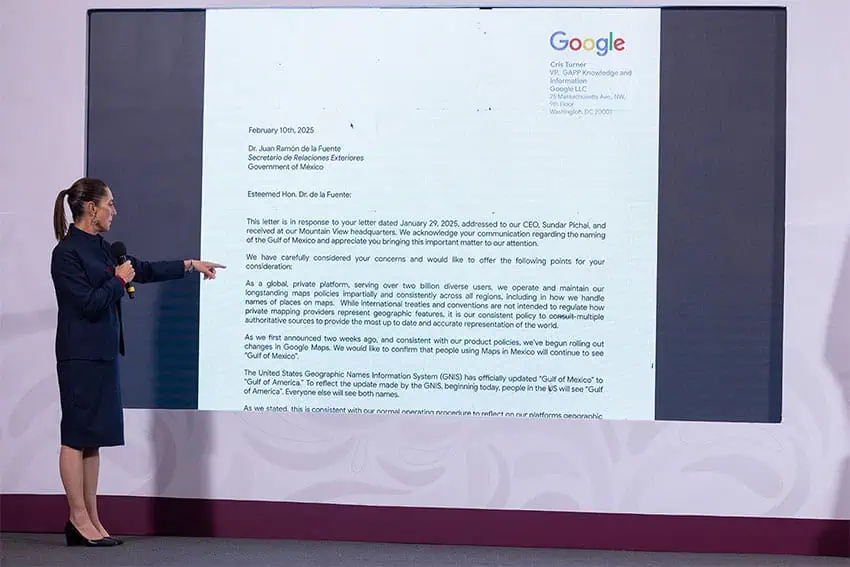
Sheinbaum reiterated her view that Google is wrong to rename the entire Gulf of Mexico as the “Gulf of America” as Trump’s executive order only refers to the U.S. continental shelf area of the body of water, which she said Thursday extends 22 nautical miles off the U.S. coast.
She noted that de la Fuente has written to Google again to direct the company’s attention to the details of the executive order.
“So we’re going to wait for the response from Google,” Sheinbaum said, adding that if the Mexican government isn’t satisfied, “we’ll proceed in the courts.”
She said last Thursday that if necessary, Mexico will “file a civil lawsuit” against Google over the controversial name change.
By Mexico News Daily chief staff writer Peter Davies ([email protected])
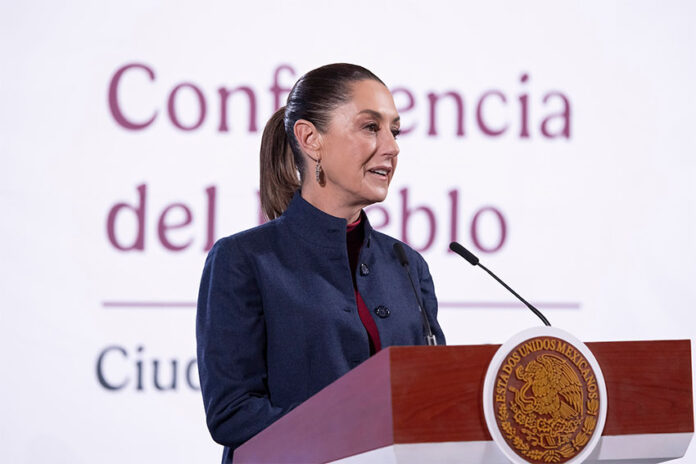
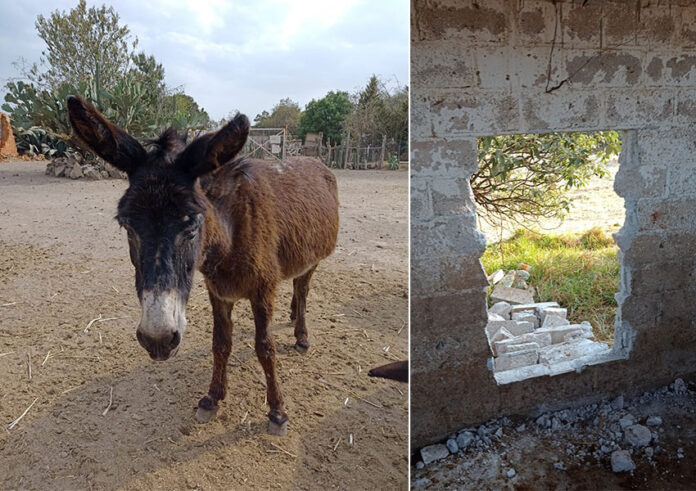

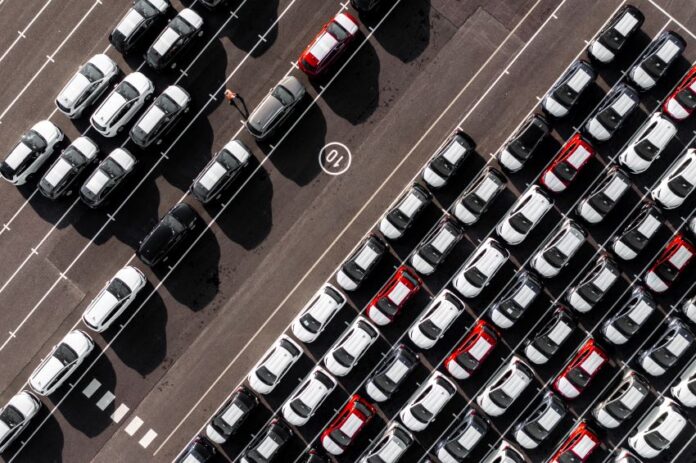
![In an interview with Fox News on Feb. 10, the U.S. president threatened “big tariffs on [Mexican] cars,” but he has yet to specify which countries would be subject to his new automobile tariff.](https://mexiconewsdaily.com/wp-content/uploads/2025/02/Trump-Fox.jpg)
